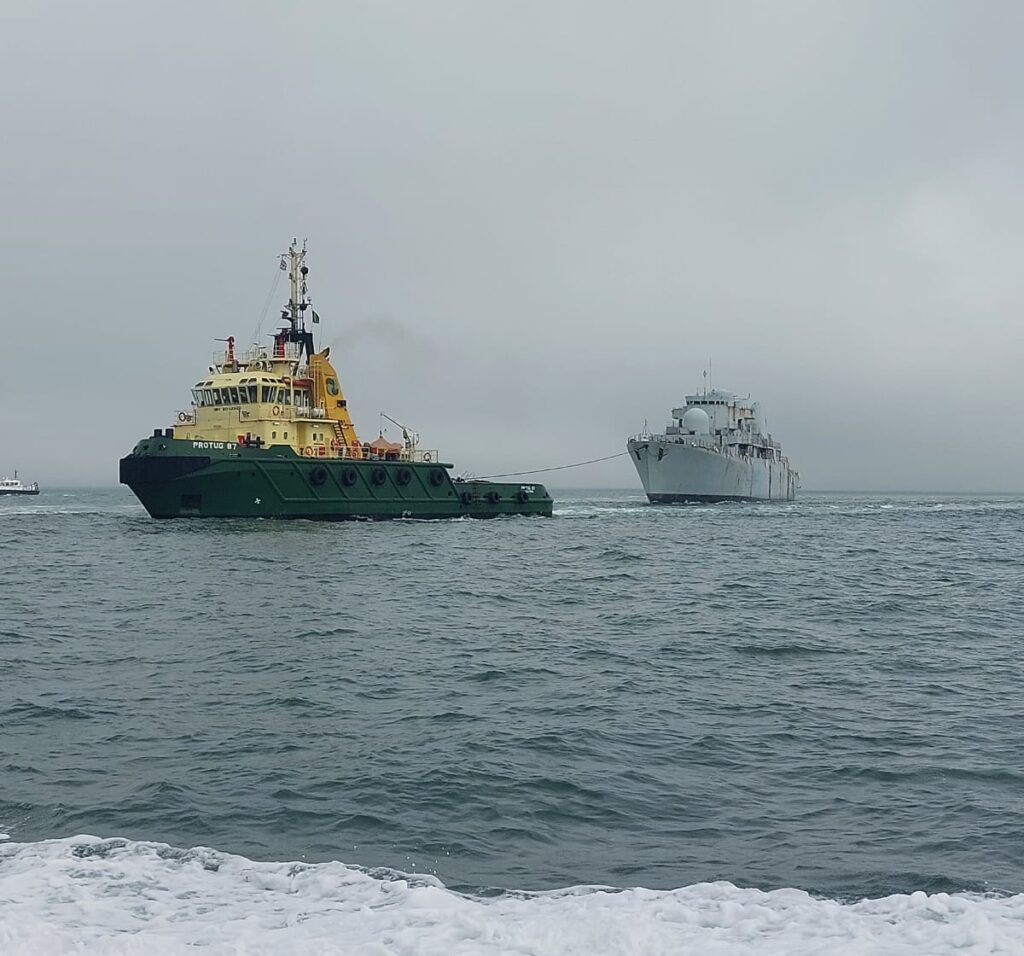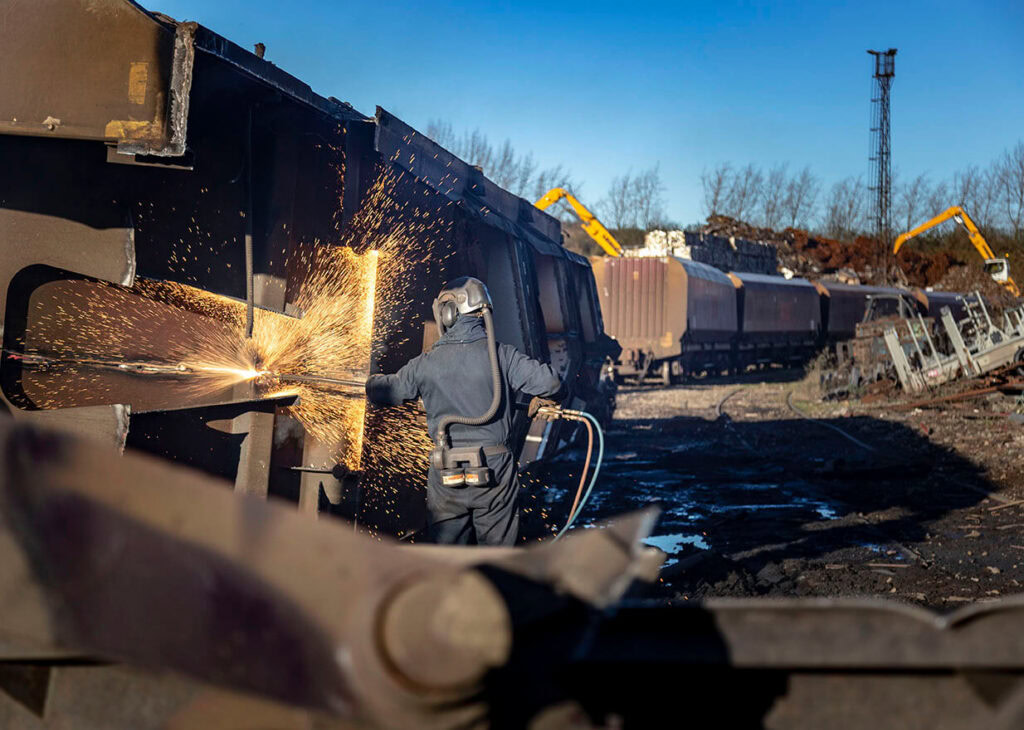Monday's meeting saw environment minister Elliot Morley put forward a protocol to lay out a definition of whether the materials involved in end of life vehicles are hazardous or non-hazardous.
New restrictions on hazardous waste that came into force on Friday mean that wastes must be tested for their hazardous nature before going to non-hazardous disposal facilities. Shredder residues can contain traces of oils, and non-hazardous landfill site operators are therefore unlikely to accept them.
Some of the largest vehicle recyclers in the country have chosen to stop work while uncertainty persists over how they are to deal with residues left over when steel and other useful materials have been removed from end of life vehicles (ELVs).
Uncertainty has been caused because new regulations on ELVs introduced in November 2003 seemed to suggest that once a vehicle has been de-polluted – having had its fluids removed – it is no longer “hazardous”.
And, the metal recyclers have claimed that not only is there insufficient hazardous waste capacity for around 850,000 tonnes of shredder residue each year, the required tests for shredder residues do not exist.
Over the weekend, the British Metals Recycling Association director general Neil Marshall said that 45,000 abandoned vehicles a week will have nowhere to go as long as the shredders are out of action (see letsrecycle.com story).
Meeting
Monday's meeting involved the BMRA as well as recyclers EMR and Sims, with the Environment Agency and the Environmental Services Association also taking part.
A government spokesman told letsrecycle.com the meeting had been “very constructive” and explained that at Tuesday's meeting the aim would be for the Environment Agency and the metals recyclers to hammer out the details within the protocol.
The issue of whether the recyclers would start up operations recycling ELVs would be dealt with at that meeting, the spokesman added.
Agency
The Environment Agency took a tough line going into today's crunch talks, saying there was “nothing to prevent vehicle shredders from disposing of their waste properly and in line with the law”.
It said the problem was not that there is uncertainty surrounding the regulations, but that for “commercial reasons” metals recyclers are unwilling to de-pollute all the ELVs brought to them that have not already been de-polluted by salvage firms or dismantlers.
The Agency's director of operations Paul Leinster said talk of mountains of abandoned vehicles building up because of the recyclers' decision to stop work was “simply ridiculous”.
He said: “This is an industry that appears not to want to pay the increased price of segregating and disposing of waste in a more sustainable way. This is a decision of choice not of necessity – choosing to shut their gates for commercial reasons. This is not being forced on them by anyone – government, Environment Agency or anyone else.”
The Agency said the metals recycling industry has known about the ban on co-disposal of hazardous waste with non-hazardous waste in landfill since 1999. And, Mr Leinster said: “Clear guidance has been in place since 2003 on the standards required to treat waste vehicles in order to de-pollute them.”
Duncan Wemyss, director of the Motor Vehicle Dismantlers Association, said that he would be attending the Tuesday meeting with “the aim of getting our industry back working again. Most of my members are small businesses and the halting of the shredders causes several problems, including stopping cash flow and putting pressure on space at members' yards.
“We are very perplexed by it all. It was a very sudden decision but I welcome the pragmatic approach taken by the minister.”







Subscribe for free